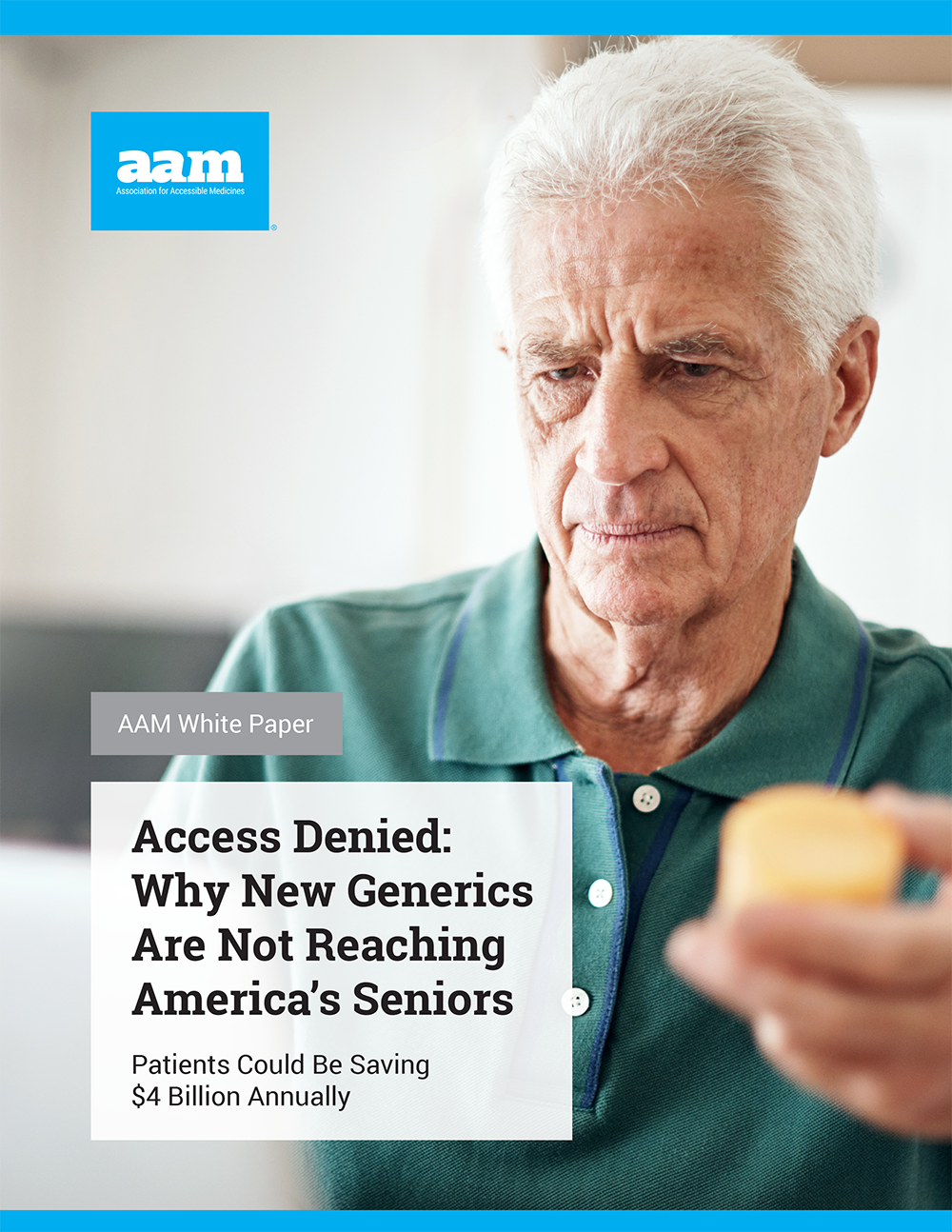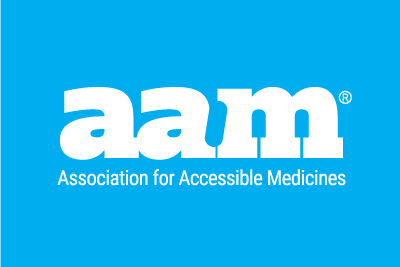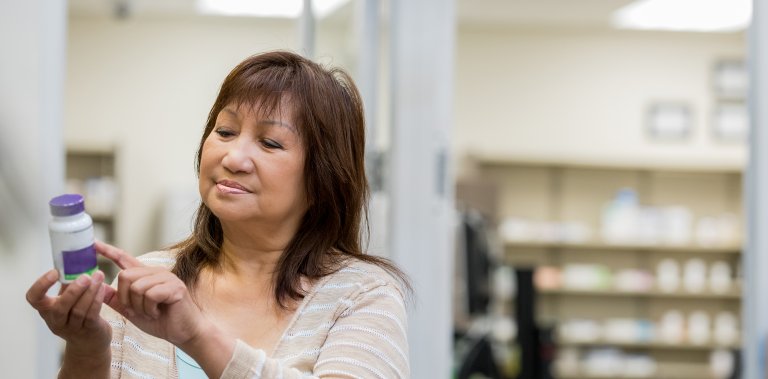Since 2006, the Medicare Part D program has successfully provided seniors access to lifesaving medicines while stewarding taxpayer resources. Today, the program serves more than 45 million seniors. The average basic Part D premium for 2020 is expected to decrease for the third consecutive year, resulting in $1.9 billion lower premium costs for beneficiaries during that time period.
Generic drugs have been the foundation of this success, saving more than $90 billion for the Medicare program last year and saving America’s patients and taxpayers nearly $2 trillion overall during the past 10 years. But data highlighted in our new white paper, Access Denied: Why New Generics Are Not Reaching America’s Seniors, shows how policymakers need to update the program to ensure continued savings. The prescription drug market has changed in the last 14 years, and the Medicare Part D program should evolve to better meet the challenges that seniors are facing today.
While average premiums may be declining, rising drug prices are resulting in increased program costs. Annual program spending has risen 12% since 2010 ($133 billion in spending in 2010 vs. $149 billion in spending in 2018). Out-of-pocket spending is also becoming more of a problem for Medicare beneficiaries. In 2017, more than 1 million non-low income subsidy-eligible Medicare beneficiaries had out-of-pocket costs above the catastrophic threshold. Brand-name drug prices have been a big reason for that; over the past 10 years, brand-name drug prices have more than tripled, at the same time that generic drug prices have fallen by 75%.
The FDA is approving first generics – the first competitor to a branded drug – faster than ever before, bringing much-needed price competition to patients and payers. However, patients may not be realizing the full value of these products. AAM found that since 2016, it takes nearly three years before first generics are covered on at least 50% of Medicare formularies. Once they are added to formulary, first generics are routinely placed on branded formulary tiers with higher out-of-pocket costs. It is important to update Medicare to address the issue of increasing out-of-pocket costs and continue the success of Part D.
The white paper makes three recommendations to update Medicare Part D:
- Ensure that Part D plans cover first generic drugs at launch. Medicare drug plans should prioritize coverage of new generic competitors when they cost less than the brand – this saves money for seniors and taxpayers alike.
- Provide for placement of all generic drugs on generic tiers. Something is wrong when patients are compelled to pay the same or more for a generic than for the higher-priced brand. Part D plans have been placing first generics on non-generic tiers more than 50% of the time. Policymakers should ensure that low-priced generic drugs are placed on generic tiers. (Read Avalere’s analysis of requiring Part D plans to place generics only on generic tiers.)
- Create a separate tier for specialty generics and biosimilars. Medicare allows Part D plan sponsors to establish a separate tier for high-cost drugs. Since then, an increasing number of specialty generic and biosimilar medicines have been approved that bring lower prices to the market. But these lower-cost alternatives are often included on the same or less advantageous tier as their more expensive counterparts or are not covered at all. Policymakers should update the Part D program to reflect and encourage use of these lower-priced competitors. Establishing different tiers for specialty products would allow plan sponsors to set separate coinsurance rates for lower-priced biosimilars and generics. (Read more about obstacles preventing biosimilars uptake.) It would improve patient access and lower their out-of-pocket spending while also saving money for the Medicare program.
Medicare Part D has successfully served America’s seniors for 14 years. It is time for policymakers to update it to ensure that it can continue to provide needed medicines at lower costs in the future.
By Craig Burton, AAM Vice President, Policy





